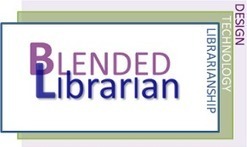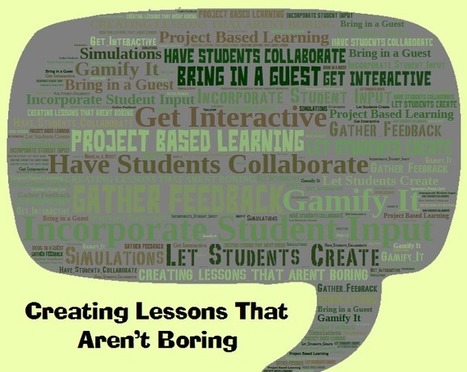Three different schools, in three different states, in a matter of two weeks.
I got the same question.
“How can I use Flipgrid in my class?”
“Have you tried this with Flipgrid?”
“Oooh, this would be perfect with Flipgrid!”
It seems that Flipgrid has teachers and school leaders around the country (and world) excited to use its product for learning purposes.
But, last summer I was bombarded with the same questions about Formative and Google Classroom.
Before that, it was PearDeck and Nearpod.
Get Started for FREE
Sign up with Facebook Sign up with X
I don't have a Facebook or a X account
 Your new post is loading... Your new post is loading...
 Your new post is loading... Your new post is loading...
|

rodrick rajive lal's curator insight,
October 7, 2014 12:22 AM
Teachers definitely need to be innovative enough in order to make their class room sessions more interesting, although a note of caution is that this needs to be done taking into consideration the amount of the syllabus that needs to be covered, time limits, and yes, remember, 'familiarity breeds contempt!' Most twenty-first century skills ready schools will have WiFi access and overhead projectors in their classrooms. This technology in itself is useful in making lessons more interesting. In many cases, students can themselves be called to the docking station and surf the net for specific information. One catch though is that the facilitator needs to have a strong control over how technology is used, and he or she should have a good enough idea about which sites to viisit, whether it is Ted Talks, or Khan Academy, or any other such site. In many cases it has been noticed that the use of technology has made students lazy, as for example, they refer to ready made notes available on the net, like Spark Notes, for the teaching of literature without even thinking of understanding the question and what they are reading on the net. Some students would even copy paste material from the net ditto. That is when they need to be told about the harms of Plagiarism. Simulation is another wonderful tool that can help make learning more interesting. Take for example role play or drammatisation of plays in the syllabus. Role play or drammatisation can be supported by a screening of an except from a particular play and then students can be asked to model their performance on the basis of what they have been shown in class. |














